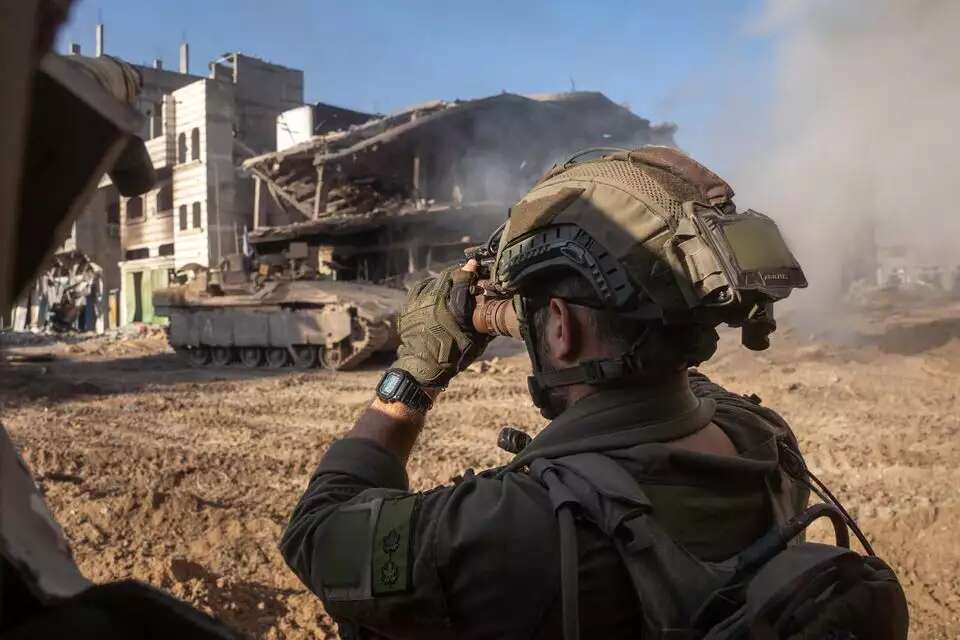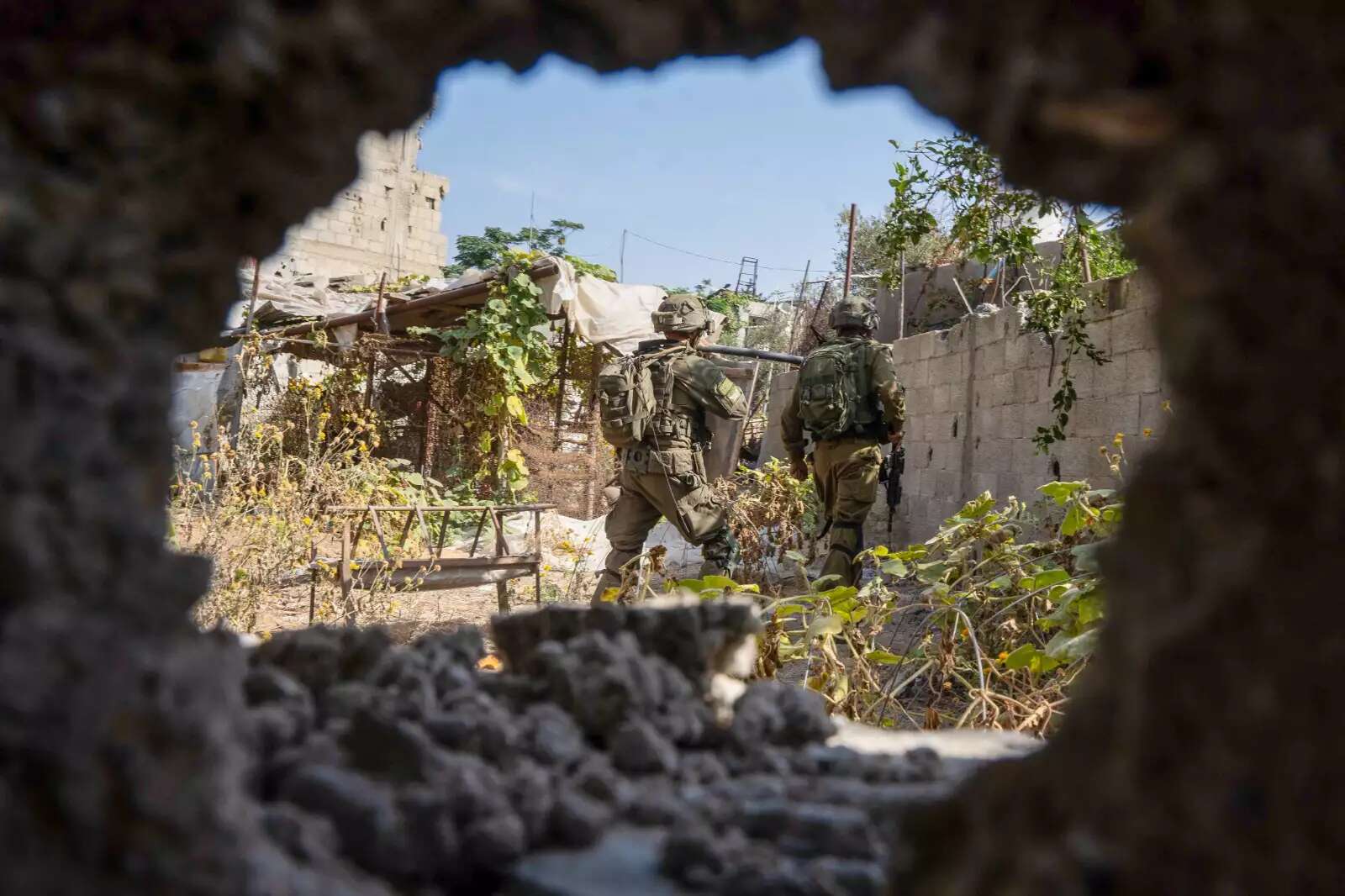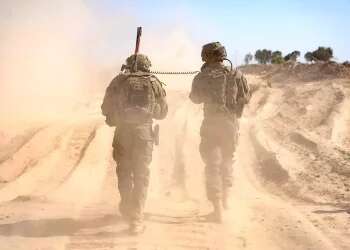The IDF's expansion of its operations in the Gaza Strip with the deployment of an additional division continues to reflect the strategic logic behind the launch of Operation Strength and Sword, more than two weeks ago. The advance of the 36th Division along the Morag axis, in the area between Khan Younis and Rafah, adds another layer of pressure toward Hamas' key strongholds in the central part of the Strip.
However, this maneuver does not yet signal a decisive push into the heart of Gaza City or the central refugee camps. As indicated by both the prime minister and the defense minister, the objective of the operation remains the application of sustained military pressure on Hamas, with the expectation that this will lead to another ceasefire and the release of hostages.

This approach by the IDF represents a middle path between two conflicting strategies being debated in the Israeli public discourse. One path advocates focusing solely on securing the release of hostages, even at the cost of accepting all of the terrorist organization's demands, including ending the war and a full Israeli withdrawal from the Gaza Strip. The other calls for a comprehensive military campaign to capture the entire Gaza Strip and eliminate Hamas, even if this requires forgoing further efforts to rescue hostages at this stage.
In contrast, the IDF's approach aims to pursue both goals - simultaneously promoting the release of hostages while also degrading Hamas' military capabilities and its governing authority. In practical terms, the logic behind the IDF's actions provides the political leadership with flexibility at a critical juncture. If military pressure yields progress toward a new hostage deal, operations can be paused under a ceasefire. But if no such progress is achieved, the military campaign can escalate and expand.

From the IDF's perspective, two main considerations underlie this middle-ground approach. The first, openly stated, is the belief that sustained and intensifying military pressure will lead to the release of additional hostages. The second is that an extended ceasefire would benefit Hamas, giving it time to recover, rebuild, and reorganize its military forces in preparation for renewed fighting. The IDF aims to prevent such a scenario by maintaining the momentum of military pressure.

Over the two weeks since the start of the operation, a significant portion of the damage inflicted on Hamas has been achieved through the use of airpower. In parallel, ground operations have enabled the IDF to reshape the battlefield in preparation for any future military action. In this context, the IDF has focused on establishing key transportation corridors, such as the Netzarim corridor, the expanded Philadelphi corridor, and now the Morag axis, designed to provide the IDF with freedom of movement and maneuverability in response to any future developments or arrangements.
For now, the overall direction of IDF operations continues to follow a measured, incremental logic that remains open to a range of flexible possibilities going forward.




